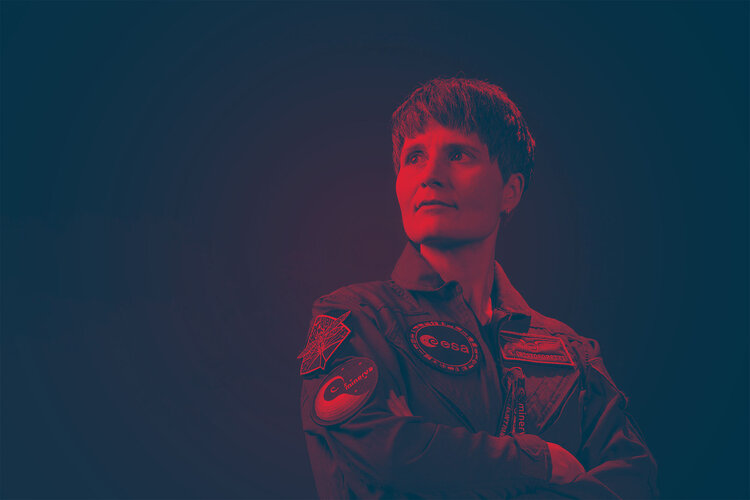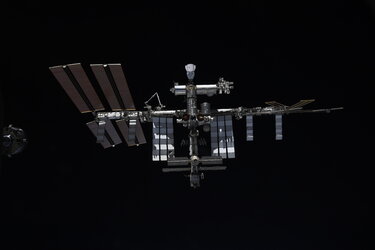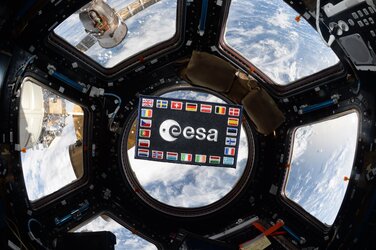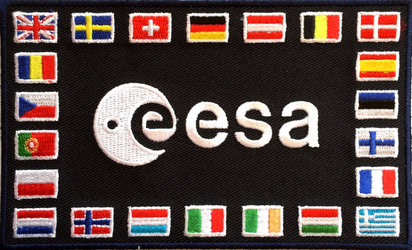ISS: International Space Station
Versatile permanently inhabited research institute in Low Earth Orbit
The International Space Station is a versatile research institute and a large observation platform in outer space for scientific research and applications. It also serves as a test centre to introduce new technologies. This permanently occupied human outpost in outer space also serves as a stepping stone for further space exploration.
| Dimensions and mass | |
|---|---|
| Width | 108 m |
| Length | 74 m (~88 m incl. ATV or Progress) |
| Height | 45 m |
| Pressurized volume | 1200 m3 |
| Total mass at completion | ~450 000 kg |
| Configuration | |
|---|---|
| On launch | Launched in components on launch vehicles provided by participating partners and assembled in orbit. |
| First launch | 20 November 1998 |
| Assembly complete | 2010 |
| On orbit | |
| Orbital altitude | 370-460 km |
| Orbital inclination | 51.6° |
| Orbital velocity | 7.6-7.7 km/s (around 27 500 km/h) |
| Launch vehicles |
|---|
| European Ariane-5 |
| Japanese H-IIA |
| Russian Proton |
| Russian Soyuz |
| United States Space Shuttle |
| United States Falcon |
| United States Antares |
| Transport vehicles for crew or supplies | |
|---|---|
| European Automated Transfer Vehicle (ATV) | Servicing and logistics |
| Japanese HII Transfer Vehicle (HTV) | Servicing and logistics |
| Russian Soyuz spacecraft | Manned spacecraft for up to three astronauts |
| Russian Progress vehicle | Servicing and logistics vehicle |
| US Space Shuttle (retired) | Manned spacecraft for up to seven astronauts |
| US Dragon | Servicing and logistics |
| US Cygnus | Servicing and logistics |
| Partners |
|---|
| Canada, Canadian Space Agency (CSA) |
| Europe, European Space Agency (ESA) representing 10 of the 18 Member States |
| Japan, Japan Aerospace Exploration Agency (JAXA) |
| Russia, Roscosmos |
| USA, National Aeronautics and Space Administration (NASA) |















 Germany
Germany
 Austria
Austria
 Belgium
Belgium
 Denmark
Denmark
 Spain
Spain
 Estonia
Estonia
 Finland
Finland
 France
France
 Greece
Greece
 Hungary
Hungary
 Ireland
Ireland
 Italy
Italy
 Luxembourg
Luxembourg
 Norway
Norway
 The Netherlands
The Netherlands
 Poland
Poland
 Portugal
Portugal
 Czechia
Czechia
 Romania
Romania
 United Kingdom
United Kingdom
 Slovenia
Slovenia
 Sweden
Sweden
 Switzerland
Switzerland

































